This week, La June Montgomery Tabron, president and CEO of the W.K. Kellogg Foundation (WKKF) celebrates 35 years of continuous service on behalf of vulnerable children and families. Beginning her tenure in 1987 as the first person of color to be hired full-time by the foundation, she became the first woman and African American named CEO in 2014.
During her tenure, Montgomery Tabron has received numerous awards and honors, including being elected by the University of Oxford as recipient of the Bynum Tudor Fellowship at Kellogg College, being named to Black Enterprise Magazine’s Most Powerful Women in Business, Crain’s 100 Most Influential Women and awarded the Courageous Leader award from White Men as Full Diversity Partners for her role in championing inclusive workplace cultures and forging transformative change for diversity, equity and inclusion.
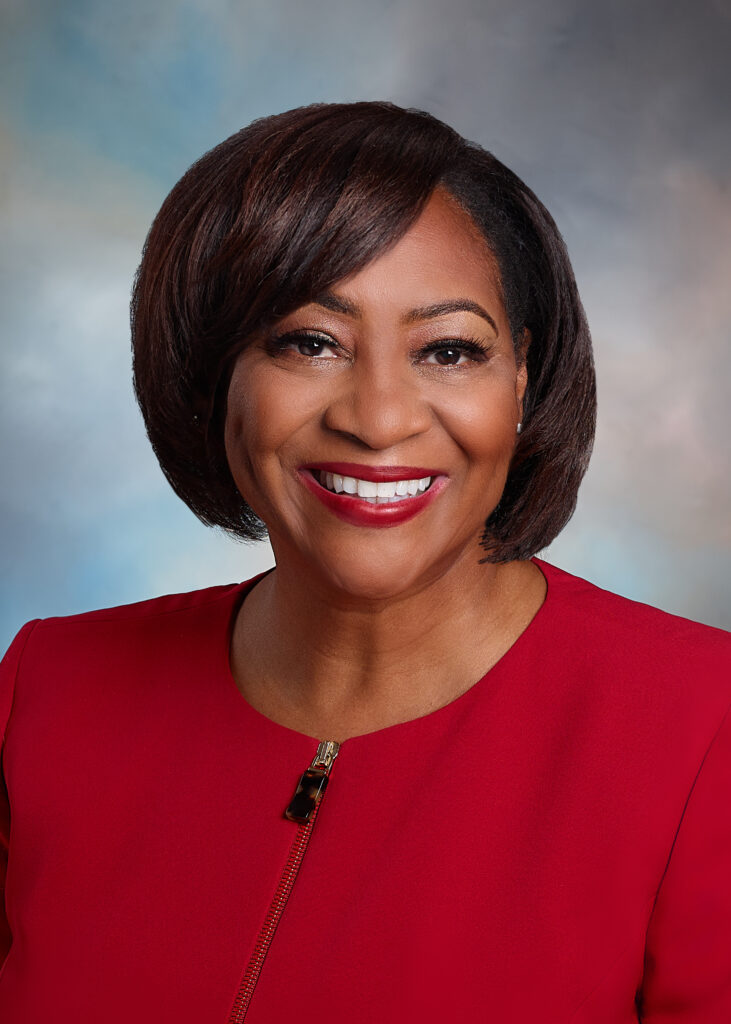
Today, she leads an organization where people of color comprise 49% of staff, 50% of executive leadership and 67% of the board of trustees.
She recently reflected on what it’s been like to shepherd WKKF’s journey toward becoming an anti-racist organization and what she sees as the philanthropic sector continues to evolve.
Q: You’ve often said you see yourself in the children we serve. Can you talk more about how your origins and childhood in Detroit influence your work today?
“I am the children we serve. I am part of that Northern migration from the south to the north for opportunities. When I talk about economic equity and making sure that everyone has an opportunity to thrive, I say that because my own parents did not have those opportunities. They were lucky enough to be able to move to a place where there were more opportunities, but still not equitable opportunities. And I can’t say that every member of my family today has equitable opportunities.
As a child, I participated in programs that were probably funded by the Kellogg Foundation that focused on providing young people opportunities, exposure, mentorship and academic rigor.
I see the deficits in today’s communities that were there when I was a child. So, this work is about putting the right resources in communities so that all children can thrive. Because I truly believe that every child can thrive.”
Q: What have you seen change within the philanthropic sector over the last 35 years?
“I think a lot has changed in philanthropy over the 35 years I’ve been involved. Probably the biggest thing that has changed is the language. When I started in 1987, you couldn’t say the words racial equity. You couldn’t talk about racism.
We used to use code words to express how we were engaged around certain bodies of work. We would say things like, ‘this is for all people’ and ‘we’re doing this throughout the community.’ That was meant to imply that we were working in areas of the community that were not the predominant neighborhoods and the majority populations.
But we couldn’t say that now. Now, not only do we say it as the Kellogg Foundation and not only have we led an effort to be explicit about this work, but the field is also picking it up now. I never would’ve imagined that 35 years ago.”
Q: What is the role of leadership in reshaping a foundation like WKKF into an effective anti-racist organization?
“We know that in 2007, our board stood up and proclaimed the organization to be an anti-racist organization, but that was after a long journey of work that really challenged the organization and its people. Because if you think about it, we probably were not very reflective of many different and diverse people at the time. Those who were diverse felt as if the environment wasn’t safe. So, part of that proclamation was to create a safe space for everyone.
We were proclaiming, at the time, an aspiration. We weren’t there yet, but it took the risk of our board and the result of their learning and taking the journey with us so that when they made that proclamation, it was all almost (the board’s) own mission to become that.
I think the most important part of that proclamation was setting what we now call the authorizing environment. We did later learn that this work is very much dependent on having that authorizing environment from every level in the organization – the governance level, the executive team, every leader, every person – they need to know that it’s a safe space to be who they are, to show up as they are, and to have conversations about the commonalities, as well as the differences. And that’s what our board allowed to happen by making that proclamation.”
Q: What advice do you have for other leaders in philanthropy?
“I would encourage other leaders in philanthropy to continue to be bold. That’s something I have observed that has really changed the field. I think when we talk about risk-taking, we don’t really unpack what that means. And what that means for me now is willingness to take a bold position and stand in that tension until people have a new perspective around an area of work.
What I now know is people in philanthropy can be influencers. We have a platform where people listen to us and need to use that space wisely and advocate in that space for people who don’t have a voice.
Part of that is being bold and speaking our truth in that moment. So, I think the leaders of the future have to continue to forge that ground and be even bolder in how we speak the truth and bring truth to power.”
Q: Who’s your personal hero or she-ro?
“My number one she-ro was always clearly my mother – a woman who had 10 children, no twins and raised them all with a sense of calm, strength and love.
I always talk about my mother, who when well into her eighties, if any of her children called her on the phone, after two words, she would know exactly which child that was. I can’t even do that with my two sons. And she would do that with her 10 children. Even when she developed dementia, she never forgot her children and who they were.
There was another thing she always did. She would always tell me, you know, you can’t make an adult do anything, but you can inspire an adult and you can be instrumental in changes that adults make for themselves and for children.
But you can’t do that through brute force. You have to befriend them. You have to engage with them. And that’s how she treated her children. That’s how she nurtured their relationships. And that’s something that I have just imitated from her.
There are many things that I want people to do, but I know that requires relationship. You don’t just tell people what to do. Usually when people are told what to do, it’s not sustainable, but when you can be in relationship with them and they understand why and how and the impact, then that’s real change.
And I got that from my mother.”
Q: Thinking back to your first days at WKKF, what advice would you give to your younger self?
“What I would say to myself 35 years ago is: Have more confidence; you’re not inadequate. You’re capable. You are bringing talents into the organization. Your perspective is different and they should hear your perspective.
That’s what I would tell any young person: Find your voice. Bring your voice forward. And as I was instructed, by the time I realized I could use my voice, my first reaction was to be forceful in using my voice.
I had the fortunate privilege of someone pulling me aside and saying, ‘There’s a way you can do this that isn’t intimidating, that would be more welcoming.’ Having that coaching helped me a lot in how I show up and I would want to pass that along.
So, I encourage every young person to find your voice, use your voice, but it doesn’t have to be confrontational. It can be constructive. It can be collegial.”
Q: What advice would you give other young women of color stepping into leadership roles?
“When you are a woman of color, you’re even more scarce. Particularly in philanthropy. When I first started, especially as a financial person in the finance side of the business, I would go to meetings and not only would I be the only person of color, I would be one of very few women. I think women of color suffer microaggressions at probably the highest level. What I had to do in my career is learn how to manage those microaggressions. As many people say, they come every day and they truly come just about every day.
So, as a woman of color, you learn to pause when you receive questions. Just a simple question like, ‘are you sure?’ I would hear that over and over again. If you’re not careful, you would say ‘maybe I’m not sure.’ But the real answer was about having enough confidence to say, ‘Why wouldn’t I be sure?’
I think it’s about how you position yourself in a conversation, knowing that there will be these microaggressions and yet how you guard them professionally, to the point where you’re teaching in your work. I don’t see that as a burden. I actually see that as part of my responsibility to help people understand the impact they have on others.
So, at the beginning, I would pause and say, ‘I’m not sure if I’m sure.’ But, when I finally figured out how to navigate this space, it was almost about asking people why they were asking the question in the first place, which then allows them to be in a learning moment.
The bottom line, I think for, for women of color is to keep your guard, but to use it as a place where you can actually influence others.”

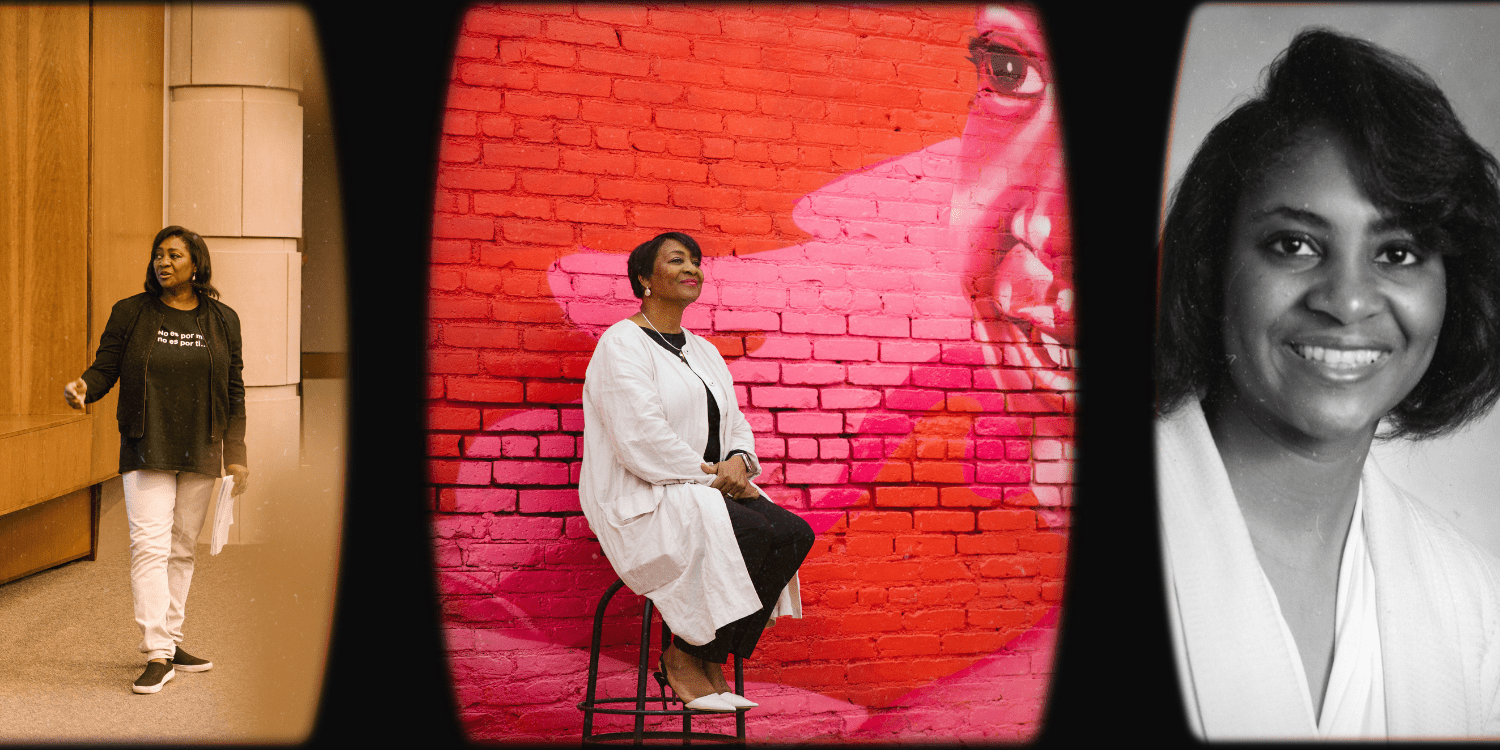

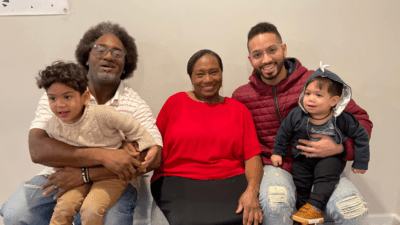

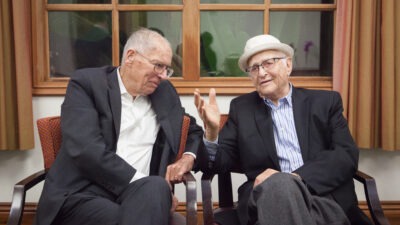
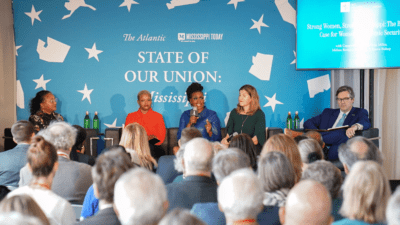

Comments